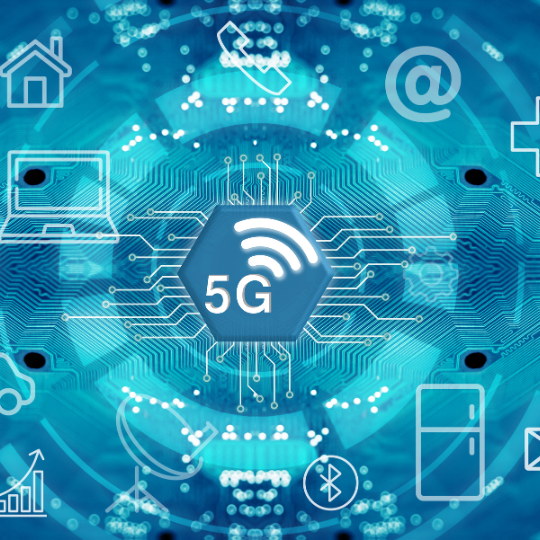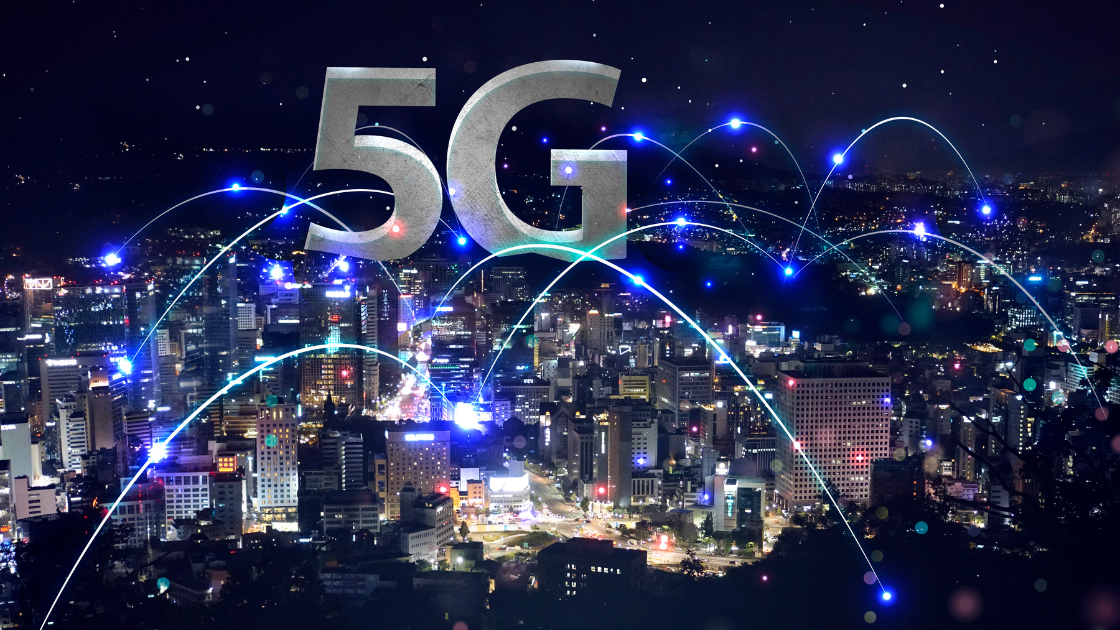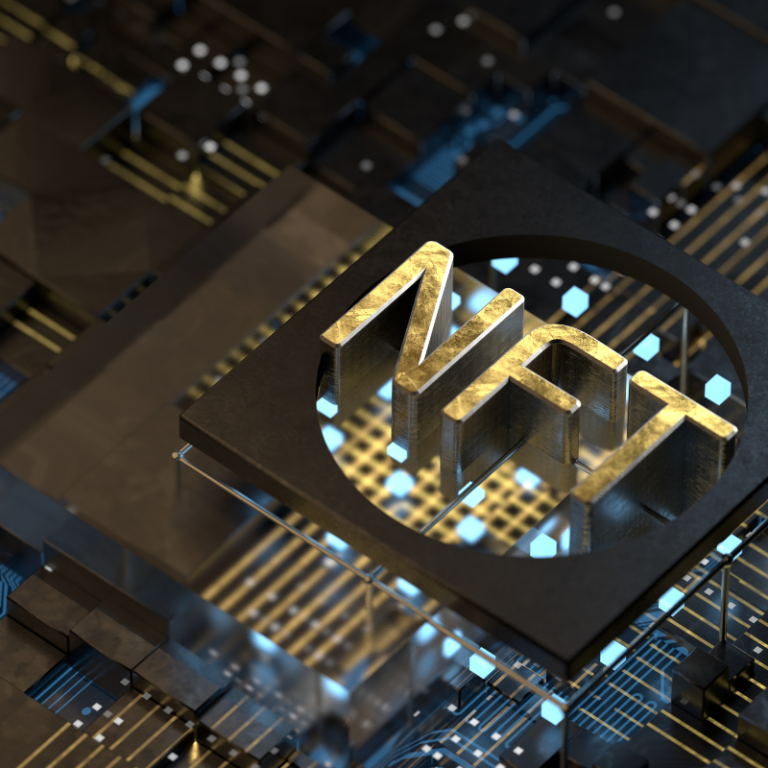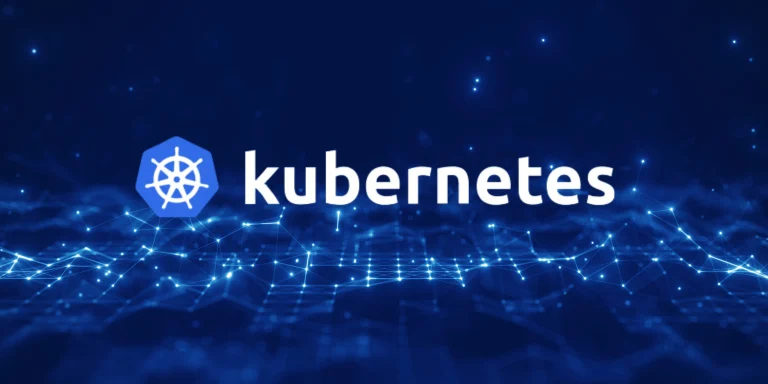The fifth generation of wireless technology, known as 5G advanced technology, has revolutionized the way we connect, communicate, and share data. With speeds up to 100 times faster than 4G, 5G enables significant breakthroughs in areas like smart cities, autonomous vehicles, and the Internet of Things.
5G Advance is already the next phase in mobile networking. A full phase ready for the markets in the year 2024. But not only to amplify the standard abilities of 5G. It would turn out to be game-changing in Artificial Intelligence and Extended Reality. Where the need for higher-speed and low-latency networks will be continuously growing.
Here in this blog, we will talk about the network of the future. What sets it apart from its forefather is what we will get to the next. Let’s dive deep and understand what the hype is all about.
What is 5G Advance Technology?
5G stands for fifth generation. It was developed and standardized through the 3rd Generation Partnership Project in 2018. Aiming to provide a new set of standards. Whereby the devices and applications would now be compatible with 5G networks. Instead of the prior 3G and 4G 4G LTE standards. Very much like its predecessors, 5G moves data using radio waves.
However, with the aid of latency, throughput, and bandwidth enhancement, this network is capable of achieving much faster download and upload speeds. Meaning it can be deployed in much broader scopes than the standard network units.

Differences Between 5G and 5G Advance
5G provides better and enhanced speeds along with reduced latency than 4G. However 5G Advance supersedes all these updated versions. It proposes even higher speeds and less latency. It supports more numbers and new applications. Here are a few differences:
- Speed: Up to 10 Gbps downlink and 1 Gbps uplink in 5G Advance.
- Latency: Even lower latency, quite crucial for real-time performance applications.
- Capacity: 5G Advance would be in a position to support up to 100 billion gadgets.
- Applications: It would, therefore, be apt in AI, extended reality, and IoT applications.
- Efficiency: Power and cost efficiency in a better way.
Innovations Behind 5G Advance Technology
Advanced Antenna Technology
5G advance uses advanced antenna systems that incorporate Massive MIMO. Allowing more data to be sent and received simultaneously. This improves speed, capacity, and reliability.
Beamforming directs those signals to specific users to reduce interference and boost performance.
Network Slicing
This can be termed as one of the important features of 5G Advance. It creates a number of virtual networks over a single physical network. The slices may then be tailored for various applications.
For instance, one slice can offer high-speed gaming while another one can be deployed for IoT devices. Resources are not at all wasted on any application and work with optimum performance.
Integration with Edge Computing
Edge computing processes information closer to the user. This lowers latency and increases speed. Because, there is no transmission of data to a server located somewhere far away.
In 5G Advance, this feature comes in-built. This could be important in applications like autonomous vehicles and real-time analytics. For support of faster and more reliable services.
5G Advance Technology in Coming Years
The future will be filled with NewGen tech. This will help enable remote surgeries and patients’ real-time monitoring by advancing this network. Smart traffic management will be beneficial to the transportation sector.
In manufacturing, 5G Advance will make smart factories capable of further automation and integration of IoT. For the entertainment industry, increased innovation on the realization of augmented and virtual reality experiences. These innovative technologies promise to transform sectors and make life more pleasant. Interest is understandably high in 5G networks, devices and applications that use them. Which is: among both consumers and business leaders?.
As the most recent IDC white paper indicates, close to 120 million 5G devices were to have shipped in United States only in the last quarter of 2023, 9.3 % increase from the quarter of 2022. Then, they will further increase to have a total of 155 million devices shipped in 2027, or a compound annual growth rate, CAGR of 7.4 %.
Although figures are not the same worldwide, Statista sets them at 59% for 5G compatible smartphones in the entire world in 2023 and over 82% by 2027.
Benefits for Consumers
Enhanced Mobile Experiences
Soon, 5G Advance will transform mobile experiences. With significantly higher speeds and very low latency. Seamless connectivity will bring added advantages to consumers. Offering a better experience in their daily interactions with technology.
Augmented Reality and Virtual Reality
AR and VR applications will be very successful. With a new approach to playing video games, learning, and entertainment. These technologies will become more extended and close to real life.
Faster and More Reliable Streaming
5G Advance will provide increased bandwidth to streaming services. Giving you more fluid, high-definition video and quicker download speeds. Even in the most crowded areas.
Smart Homes
Smart homes will have improved connectivity of devices. Therefore a better and more responsive automation. Appliances, security systems, and home assistants will all work with each other more seamlessly.
Energy Efficiency and Automation
Smarter device management will mean enhanced energy efficiency. It is through automated systems that bring out optimum energy use that cost and environmental impact will be reduced. These benefits make homes smarter and more sustainable.
Future Outlook
A huge potential that 5G Advance technology is going to have in the future will transform industries. This technology will realize a plenitude of new applications in health, transport, manufacturing, and entertainment as the world gets increasingly connected. In the mix will come efficiencies, better user experiences, and new commercial opportunities driven by AI, IoT, and Edge Computing.
In a nutshell, 5G Advance is not simply an upgrade; rather, it’s a defining step towards the future of connectivity. Two of its very essential characteristics—very high speeds and extremely low latencies—will fuel future innovations. The acceptance of 5G Advance will then become inevitable for businesses and consumers alike if they are to thrive in an increasingly digital world.







